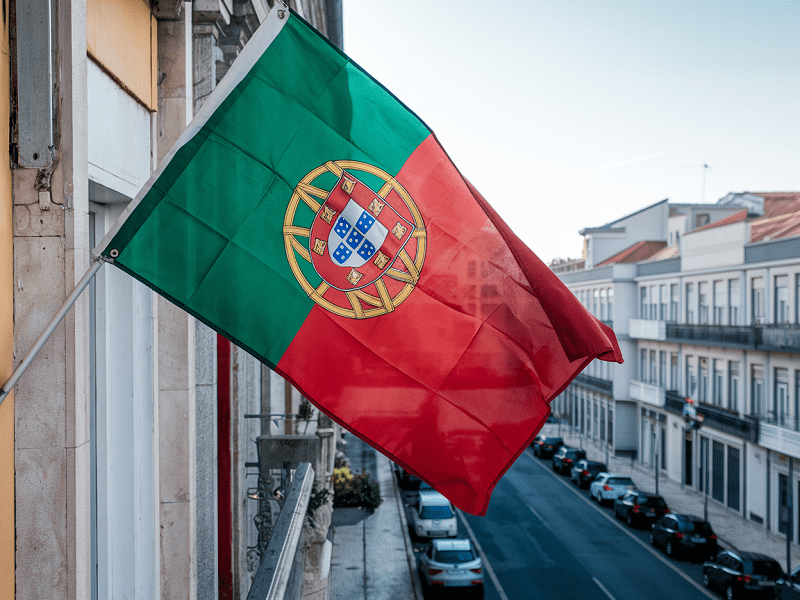Blog

Portuguese, a language of exploration and exchange, has shaped and been shaped by cultures worldwide. From influencing Asian, African, and American languages to absorbing Arabic, indigenous, and African words, the story of Portuguese reflects a rich tapestry of global connections and linguistic evolution.
The Portuguese language, with its rich history and global reach, has left a profound mark on many other languages and cultures. Simultaneously, it has absorbed words and expressions from various regions, reflecting the dynamic interplay of linguistic exchange. Let’s dive into how Portuguese influenced other languages and how it, in turn, was shaped by the cultures it encountered.
Portuguese explorers and traders played a key role during the Age of Exploration, establishing connections across Asia, Africa, and the Americas. This global presence led to the adoption of Portuguese words in many languages.
Portuguese traders introduced new concepts, foods, and goods, leaving a linguistic footprint in countries like India, Japan, and Malaysia.
Portuguese colonization in Africa left linguistic traces in languages spoken in Angola, Mozambique, and Guinea-Bissau.
Portuguese influence is evident in the vocabulary of indigenous languages and Spanish in South America, particularly in Brazil.
Portuguese also contributed to other European languages, particularly during the height of its maritime power.
Portuguese, like any language, is a living entity that evolves by borrowing and adapting words from others. Its extensive maritime history brought it into contact with a multitude of cultures.
The Moorish occupation of the Iberian Peninsula (711–1492) profoundly impacted Portuguese.
Portuguese colonists adopted numerous words from Tupi-Guarani and other indigenous languages.
The transatlantic slave trade brought African cultural and linguistic influences to Portuguese, particularly in Brazil.
The Portuguese presence in Asia introduced loanwords from Chinese, Malay, and Indian languages.
The blending of Portuguese with other languages has resulted in fascinating linguistic hybrids:
Portuguese is a testament to the interconnectedness of human cultures. Its history of global exploration and cultural exchange has allowed it to leave a mark on countless languages while also embracing foreign influences. Understanding this rich linguistic exchange not only highlights the beauty of Portuguese but also reminds us of the shared history and interconnectedness of humanity.
Curious to explore Portuguese further? Start your journey today, and you’ll uncover a language shaped by centuries of global connections. Vamos lá! (Let’s go!) 🌍